Calendula is a charming resident of many household plots. Because of a peculiar form of fruits, folk rumor nicknamed the plant with marigolds. An herbal culture belongs to the Astrov family and is divided into more than 20 types of annual and perennials. About therapeutic strength of calendula flowers mentioned still philosophers of ancient Greece. An unpretentious flower plant love for undoubted decorative qualities, endurance and beneficial properties.
Quick description Calendula
As a decorative culture of calendula is used from the 16th century. Plant refer to herbal flora. Its herbaceous part is covered with ferrous vehicles, and numerous yellow or orange flower petals have the structure of the top basket. Baskets make up external pestile false-language petals capable of fruit, and internal tubular petals that are fruitless. Simple leaves are not remarkable: they are another, oval, lancertoid or elongated form. Curved seeds are sometimes ring-shaped. They are located in several rows. The duration of flowering calendula is high - from June to November. The plant is fruitful very generously, and seeds can be calmly soaked over the next 5 years.
To decorate the garden by throwing orange flowers with strokes, just several calendula instances. The drug species of plants for commercial purposes are whole plantations. The marigold has long been famous for regenerative, anti-inflammatory, antibacterial and antispasmodic properties.
Views and varieties of calendula
In horticulture, two types of calendula are used - field and medicinal (pharmacy).
Calendula field
Culture, which is a visiting card of which are unpaired tongue flowers of oath-yellow color, grow no more than 30 cm in height. In the natural environment, it is found in the wastelands and non-cultural territories of the southern European countries. To whom it is interesting, the field calendula is grown according to the same rules as the calendula of the medicinal.
Calendula medicinal
Separate varieties of pharmacy of the plant reaches 75 cm in height. This herbaceous annual pale green rough shoots that wipes a sticky glanded cannon. Simple, oval or oblong leaves are also covered with hard rare vile. Calendula has an interesting dense aroma, which exudes flowers collected in baskets. Inflorescences - just a look: shiny outside and matte on the bottom. Their color varies from bright orange to overty color.
Nailing readily respond to the correct care - bloom from the beginning of summer and until the end of autumn, abundant fruits bring. Breeders work with pharmacy species of plants in the interests of medicine and decorative gardening. We list the most beautiful varieties of decorative calendula:
- calendula Sonnenstein - Compact bush tall up to 45 - 50 cm. Distinctive features: Dense rough shoots of a pale green shade, the same color is a large elongated leaves and semi-world sunny-yellow baskets up to 7.5 cm in girth with tongue petals with refined book;
- calendula Jewel - a spherical bush no more than 45 - 50 cm in height. He has greenish shoots, similar to the wrong five-lane, massive elongated leaves of a light green shade and terry or semi-grade flowers in size about 6 - 8 cm in diameter. Petals Yellow tubular and salmon-orange bunch;
- calendula Radio - miniature strong bush 35 - 45 cm in height. This species is distinguished by rifled shoots, oblong wide leaves made by residences, and semi-shaped terry and semi-world inflorescences of approximately 6 - 7 cm in diameter. The tongue petals are painted in bright orange and twice twisted in the tube, at the base, their color becomes yellow-orange, to tone with tubular petals;
- calendula SENSYISHN - a radija buscher 45 cm in height with dark green leaves, terry and semi-green colors 7 - 8 cm in diameter with large brilliant petals of juicy-orange color, located like tiles;
- calendula Mastershtyuk - a height of a plant reaches 45 cm. It is decorated with large, oblong, enhanced in the top of bright green leaves, terry and semi-world baskets from 6 to 8 cm in diameter. Baskets consist of flashed incentive saturated-orange tongue and light brown tubular petals.
In the photo - Calendula Radio varieties:
Growing Calendula from Seeds
Calendula seeds in a wide range are sold in every flower shop. Since this is not an exclusive plant, problems with the acquisition of seeds of any variety does not occur. True, the grade affects a certain extent on the value of the marigolds - the more unusable looks calendula, the higher its price. Seeds weighed and package packages. For example, 1 bag of marigolds weighing 0.3 g will cost you at 12 - 13 rubles.
The best time for sowing seeds in open land - April or mid-October. If you love the spring troubles on the design of the garden, see first that the earth warmed up well and dried after the snow. You can check the readiness of the Earth to the crop as follows: Mount the handful of the earth, firmly squeeze it in the fist, and then slightly throw this com - if the soil disintegrates, it means it's time to sleep.
For 10 - 14 days before boarding the calendula in open ground, overpire the ground, adding compost there (3-4 kg per 1 mq.), Urea (30 g per 1 sq.), As well as superphosphate and potassium chloride (by 20 g per 1 mpq.). Plug the plot, enrich it with phosphoric and potassium feeders is best since autumn, so that with the arrival of spring heat just add nitrate mixture to the soil and immediately engage in sowing.
Calendula seeds are introduced into the ground to a depth of 1 - 2 cm, withsting the distance between the landings of about 25 - 30 cm. To emphasize the natural beauty of the plant, leaving the interval between the rows of future marigolds about 60 to 70 cm. But if the calendula interests you only as medicinal raw materials, Rows can be located closer, at a distance of 30 - 40 cm apart. Then the gap between the seeds is automatically reduced to 7 - 10 cm.
After 1 - 2 weeks after landing, the calendula in the ground appears first sprouts. When the seeds germinate massively, to break the seedlings so that a distance of 25 to 30 cm between them appears. You don't need to throw out, you don't need to throw out - these seedlings will readily go into growth anywhere else. There is no effect on the "well-being" calendula in any way affect. The first bloom of the nail will delight you 10 weeks after sowing seeds.
Growing calendula from seedlings
To bring the flowering of calendula, gardeners use famous cunning: grow culture with a seaside method. Moreover, experts recommend growing low-spirited varieties of marigolds through seedlings. For this, in early April, the total capacity and individual cups with universal flower earth are prepared. Initially, the seeds are seeded to a depth of about 2 cm in the overall drawer. Then the planting container is tightened with a transparent film and put in a well-lit place without direct sunlight. Seedlings will be proceeded on time if the temperature is stable - about 18 - 20 ºC.
The first sprouts will delight you after 6 to 8 days. The film is no longer needed, and the temperature must be reduced to 14 ºC. The cultivation of calendula in this way provides for unobtrusive care for seedlings: the land is moderately watered as necessary and a weak solution of a complex mineral mixture is made 1 time in 10-14 days. When the seedlings acquire a pair of real leaves, they are pricted with an interval of 5 cm from each other or searched in separate cups.
Time for landing Calendula to an open ground comes when the seedlings appear at 5 - 6 of the present leaves, it happens around in mid-May. Despite the relative harness of marigolds against spring frosts, seedlings harde them before transferring them to the garden. For this, planting tanks or cups with a young calendula every day are leaving on the balcony or closed terrace.
Transfer seedlings to a solar place with a well-drained, wet and nutritious earth. Gardeners with experience are looking for a portion for calendula with benefit for other plants: sitting on it between the beds, on which garden and vegetable crops grow to protect them from the vital pests: bugs, butterflies, caterpillars. However, it is necessary to take into account the fact that the roots of the marigolds are saturated with the soil components that slow down the development of radish or basilica if they grow in the neighborhood.
Features of landing calendula
The nails are planted into the ground in the same way as they sewn: the gap between bushes is preserved within 25 - 30 cm for decorative species and 7 - 10 cm for pharmacy calendula. Between the rows of decorative varieties, the distance of 60 to 70 cm is kept, and for the dosage forms of the plant, these figures decrease to 30 - 40 cm. The flowering starts 40-50 days after the seeds have sowed to seedlings. In the future, you note that the nails are remarkably distributed by self-sowing.
Calendula care
The cultivation of marigolds can be called pleasant troubles, because the plant is completely undemandingly and is content with minimal attention on your part. Caring for the calendula is usual: water the flower during long dry periods, loosen the ground, step by the plot as needed and fertilize it every month with complex mineral mixtures.
Gardeners who grow the plant are not the first year shall be divided by one interesting feature for making marigolds: to strengthen and extend flowering, immediately after the bunch of baskets are open, crush them. Thanks to this tricks, the buds are formed a lot, and the calendula will be puffed even deep in the fall. Just keep in mind that you need to collect disclosed inflorescences regularly, otherwise the flowering will continue only until the beginning of August.
Newbies in the field of flower growing are always interested when you need to collect a calendula. Seeds of marigolds are stored after their full ripening. The gardener is important not to miss this moment, otherwise there is no abundant self-help all over the garden. For convenience, the solescets are filled with gauze, and the ripe seeds roll in a gauze "cocoon".
Garden varieties of calendula live no longer than one summer, so in the fall completely clean the site from the remnants of the plant, and the land to the coming of winter is reappearing.
What calendula is afraid: pests and diseases
Like the rest of the decorative plants, the marks sometimes sick. Almost always gardeners have to save a modest beauty from fungal diseases - black spottedness and mildew. The first disease leaves the labels on the leaves of the calendula in the form of black or brownish spots, from the second - shoots and leaves of the marigolds are covered with a torrential chain, which after a while it becomes brown and thereby spoils the decorative type of plant. Infected sections of calendula are no longer developing and soon black. If the disease struck the marigold only partially, it is important to take immediate measures: treat the flower with fungicidal drugs. High efficiency in the fight against spotty and dew is the speed, topaz, topsin, funds.
With a preventive purpose:
- always thin the landing of the marigolds if they began to resemble forest debris;
- arrange the regular weeding of the site with a calendula;
- control the number of nitrogen feeds so as not to overstat the soil;
- without a residue, expel the plant from the plot in the fall;
- thoroughly jump out the soil for the winter;
- delete infected plants instances from landing in a timely manner.
The pests in the calendula are a bit, because most of the insects plant scares. The flower suffers mainly from the Tly, which he collects on his plot from all over the garden, as if he takes a blow to himself. To destroy malicious insects, use fufanon, carboofos, akarin, accility, biothel or antitle.

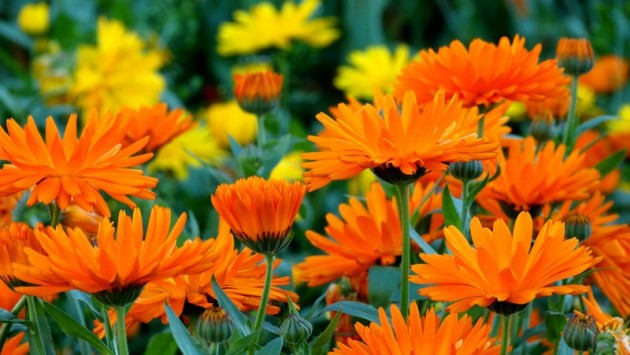
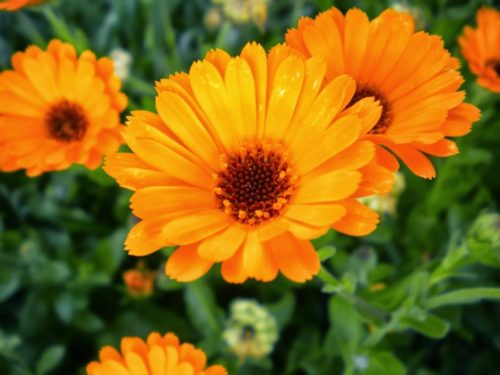
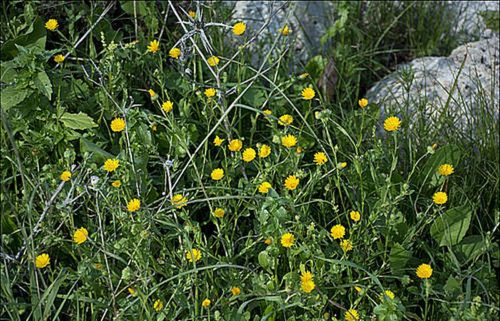
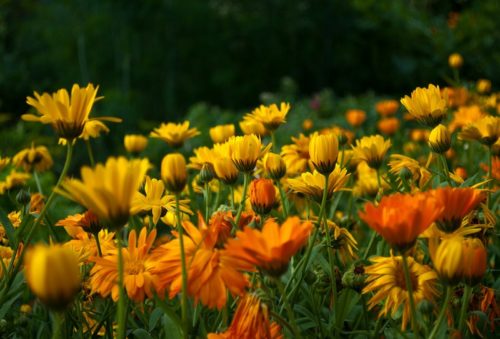
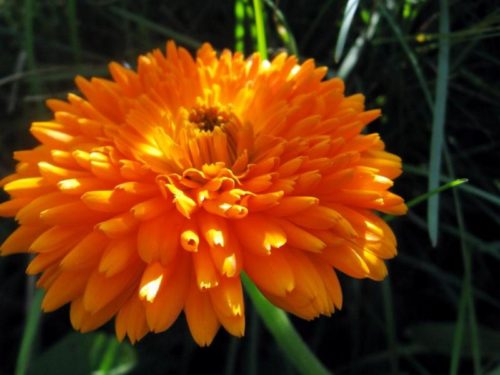
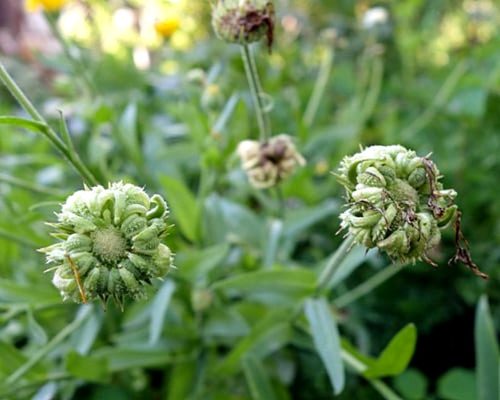
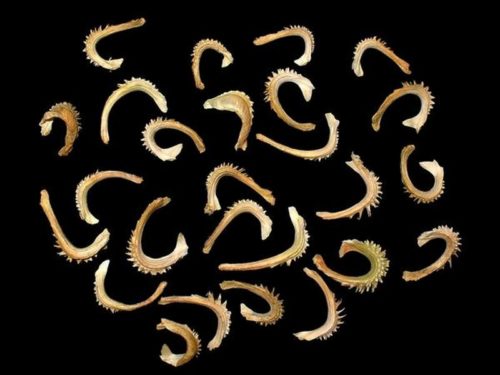

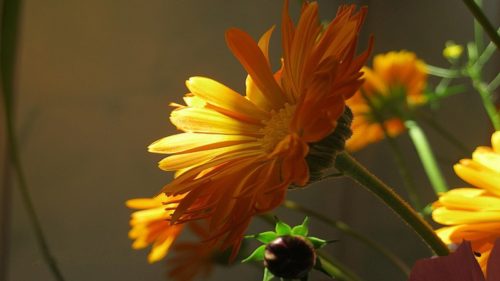
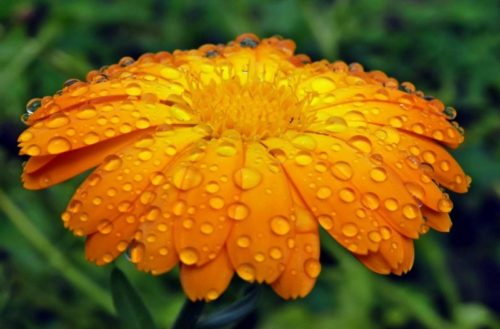
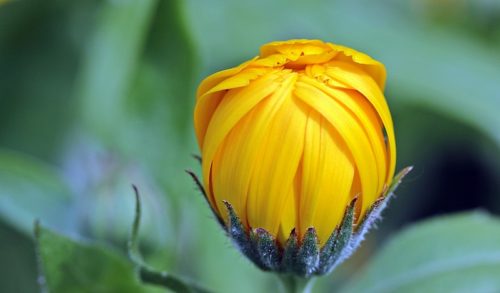

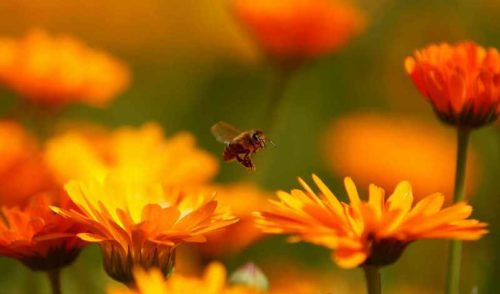












 Start a discussion ...
Start a discussion ...